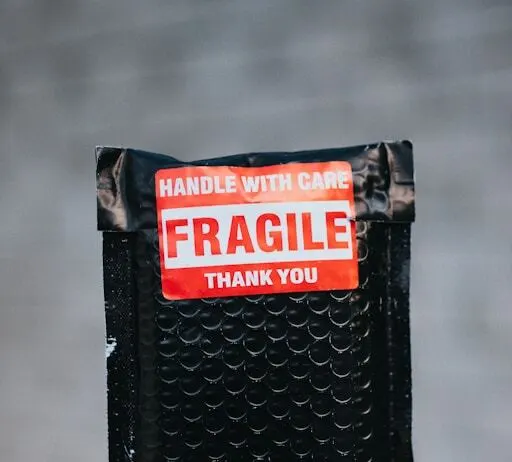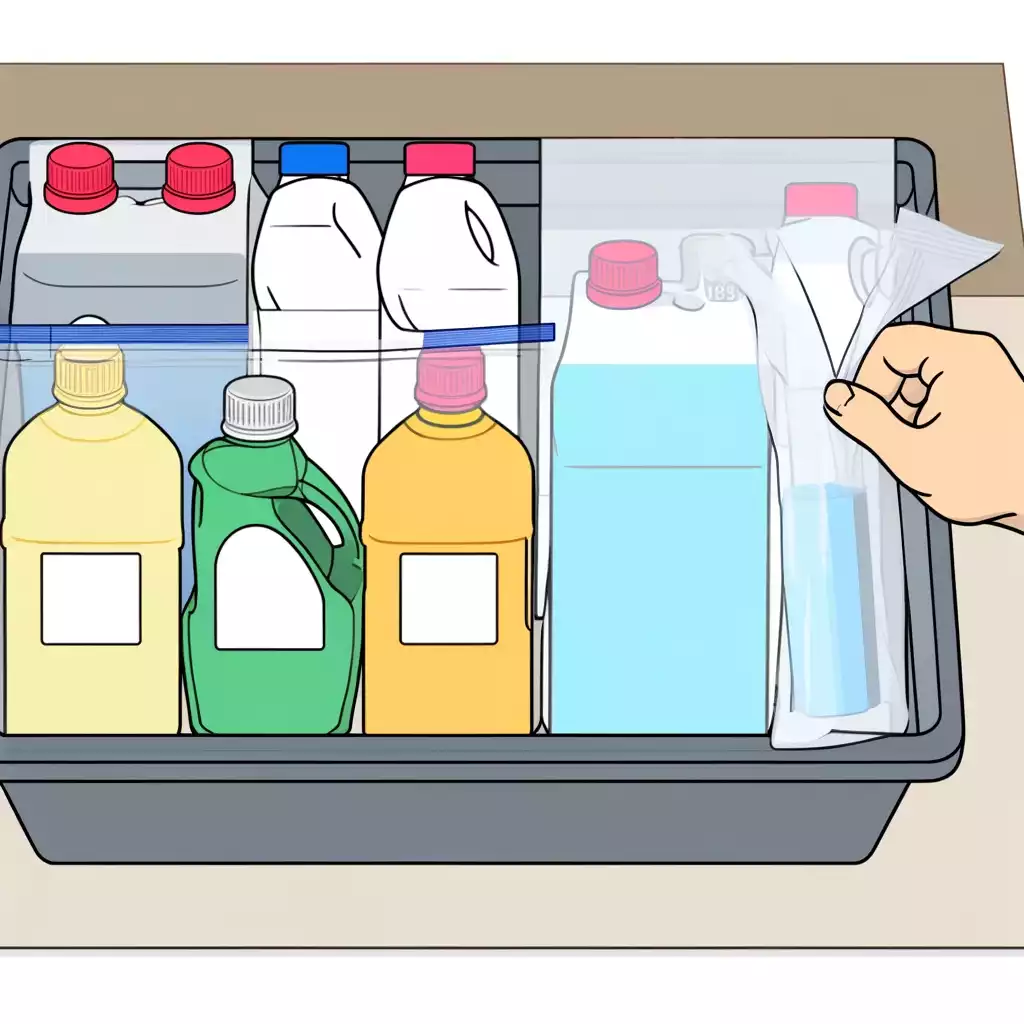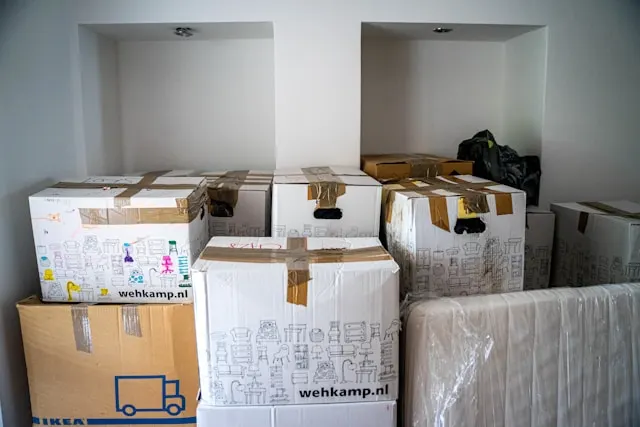
1. Declutter First
Starting your packing process by decluttering can significantly reduce the load and help you organize better. By sorting out items you no longer need or want, you can save time and resources during the move.
Practical Advice:
Start by sorting items into categories such as keep, sell, donate, and recycle. Use clear bins for items you're keeping so you can easily see what's inside. For items to sell or donate, consider using online marketplaces or local donation centers.

2. Create a Packing Schedule
Efficiency is key when preparing for a move. Develop a packing schedule that breaks down your packing tasks week by week. This approach ensures you're not overwhelmed as moving day approaches.
Practical Advice:
Start packing rarely used items first, such as off-season clothing and books. Schedule to pack more frequently used items closer to moving day. Use a checklist to keep track of what's been packed and what remains

3. Use Quality Packing Materials
Protect your belongings by using sturdy boxes, bubble wrap, packing paper, and strong packing tape. Quality materials reduce the risk of damage during the move.
Practical Advice:
Consider speciality boxes for items like dishes or wardrobe boxes for clothing. This investment can prevent damage and make unpacking easier.

4. Label Everything Clearly
Organization saves time. Label each box with its contents and the room it's destined for. This makes unpacking systematic and efficient.
Practical Advice:
Use different colored stickers or markers for each room to quickly identify where each box belongs.

5. Keep Important Documents With You
Keep it personal. Important documents (e.g., passports, birth certificates, moving company contracts) should be kept in a personal bag that stays with you at all times.
Practical Advice:
Consider a digital backup of critical documents as an extra precaution.

6. Pack an Essentials Box
First night necessities. Pack a box with everything you'll need for the first 24 hours in your new home. This includes toiletries, a change of clothes, essential tools, and snacks.
Practical Advice:
Keep this box with you during the move instead of sending it with the moving truck.

7. Disassemble Large Furniture
Ease of transport. Disassemble large furniture pieces to make them easier to move and to prevent damage..
Practical Advice:
Keep all screws, bolts, and other hardware in a labeled bag for easy reassembly.

8. Protect Fragile Items
Safety first. Wrap fragile items individually and fill boxes with packing peanuts or paper to prevent movement.
Practical Advice:
Mark these boxes as "Fragile" and inform your movers so they can handle them with extra care.

9. Safeguard Against Potential Leaks
Prevent messy surprises. Liquids can cause significant damage during a move if they leak. This includes cleaning supplies, cooking oils, and toiletries.
Practical Advice:
Seal liquid containers with tape, place them in zip-lock bags, and pack them in waterproof bins. Clearly label these bins as "Liquids" and keep them upright during the move.

10. Prepare for Moving Day
The final stretch. Ensure everything is packed and labeled before moving day. Have a plan for children and pets, and make sure you're ready for the movers' arrival.
Practical Advice:
Prepare refreshments and a tip for the movers in advance. Clear pathways in your home to facilitate the moving process.